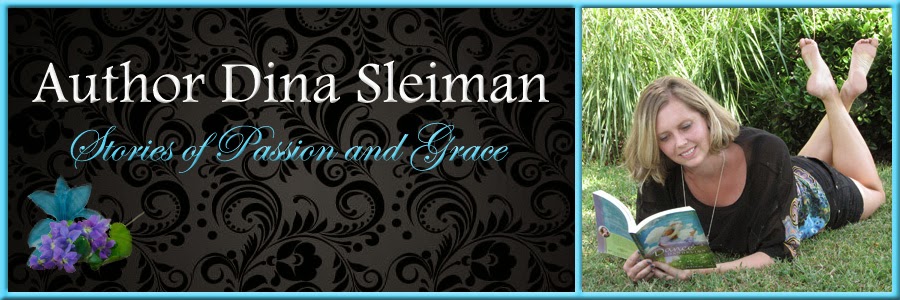During the summer I did a series of posts on prayer and devotion. Then I got a little sidetracked with my debut novel release ;) But I'd like to review and collect all the posts together in order for you here. If you followed throughout the summer, you might have noticed that I used the word “prayer” in a different way than you expected. That prayer for me is not simply talking at God, but rather time spent in relationship with him. In my posts about prayer, I’ve included information about Bible reading, meditating, praise and worship, art, nature, and simply resting in God’s presence. Have you noticed that the Bible often refers to “prayers and petitions.” Sometimes I wonder if what the evangelical church has come to think of as prayer, is in fact merely the petition part.
My goal throughout the series was to equip you with a sort of “prayer toolbox.” To expose you to styles of prayer from various backgrounds and denominations, so that you could find the type of prayer that best ministers to you and best helps you find intimate relationship with your creator. So let’s go back and re-cap in case you missed anything.
With Unveiled Faces http://awesomeinspirationals.blogspot.com/2011/05/with-unveiled-faces.html In my first installment of this series, we discussed our spiritual senses, and that while we might begin by “seeing through a glass darkly,” as we spend time in God’s presence, we will view him more and more clearly “with unveiled faces.”
Divine Reading http://awesomeinspirationals.blogspot.com/2011/06/divine-reading.html Do you desire a personal word from God? This post will inspire you to ruminate on scripture looking for those special words that glimmer. Through the process of divine reading, you will be encouraged to mull over those words and hear God’s personal message for you.
Open the Eyes of My Heart http://awesomeinspirationals.blogspot.com/2011/06/open-eyes-of-my-heart.html This article discusses how to use your inner imaging system to picture meeting with God, as well as to imagine the truth of scripture in your life, thereby igniting your faith.
Shut Up and Listen! http://awesomeinspirationals.blogspot.com/2011/07/shut-up-and-listen.html Too often we focus on talking to God in prayer, but how much better to be quiet and listen for his answers. He knows our problems, and only he knows the solutions. This article will give you some practical tips for tuning your inner ear to God’s voice.
A Place to Pray http://awesomeinspirationals.blogspot.com/2011/07/place-to-pray.html Based on the assumption that prayer is meant to be enjoyed, this article will encourage you to prepare a special place to meet with God, surrounded by items that will inspire you and have you longing to return to God’s presence again and again.
A Time to Pray http://awesomeinspirationals.blogspot.com/2011/08/time-to-pray.html Discouraged by your attempts to establish a regular prayer routine? This post provides practical advice to help you incorporate prayer time into your everyday life.
Put Your Mind at Ease http://awesomeinspirationals.blogspot.com/2012/01/prayer-put-your-mind-at-ease.html In response to God’s instruction to pray with both the spirit and the understanding, this article discusses ways to relax your mind and pray from your spirit, including spontaneous artistic expression, repeated scriptures, and praying with a prayer language.
Deep and Wide http://awesomeinspirationals.blogspot.com/2011/08/deep-and-wide.html In this final installment we talked about different methods for Bible reading, prayer, and worship that help us to go both deep and wide, allowing for quality and quantity time with God.
Did you learn anything new in this series? What is the most important lesson you've ever learned about prayer? Do you have any questions about prayer or intimacy with Christ?
Did you learn anything new in this series? What is the most important lesson you've ever learned about prayer? Do you have any questions about prayer or intimacy with Christ?

